
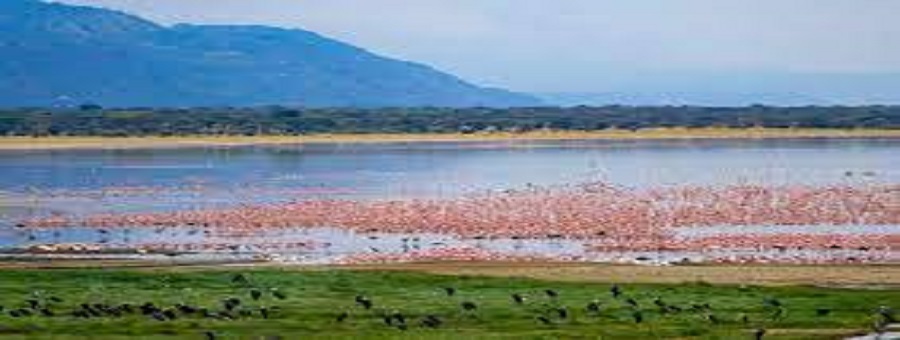
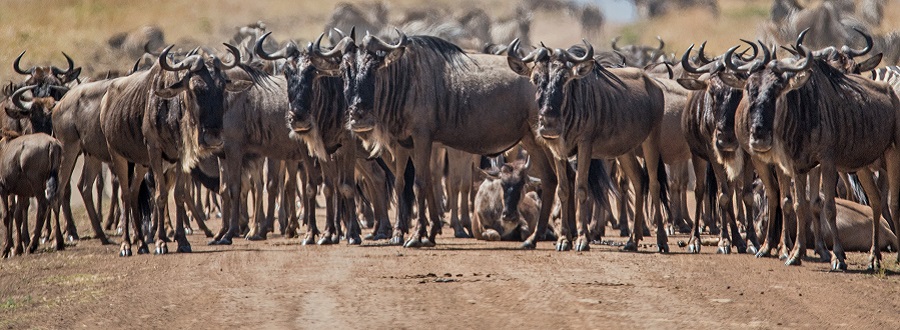
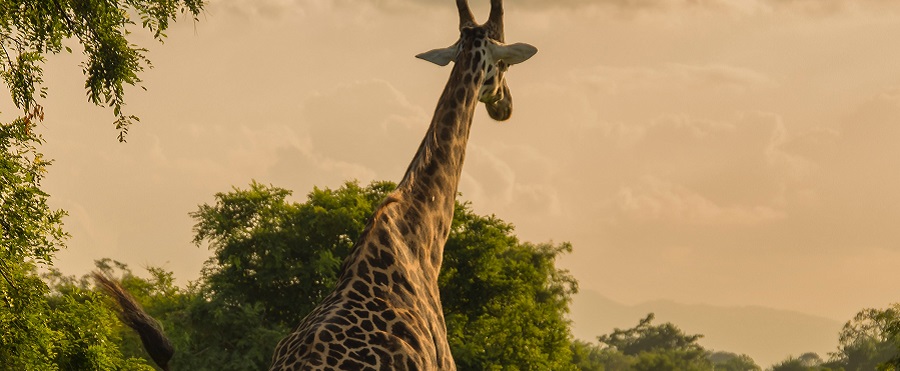

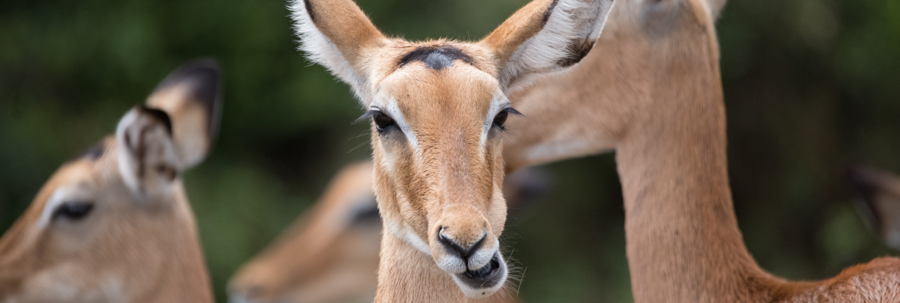
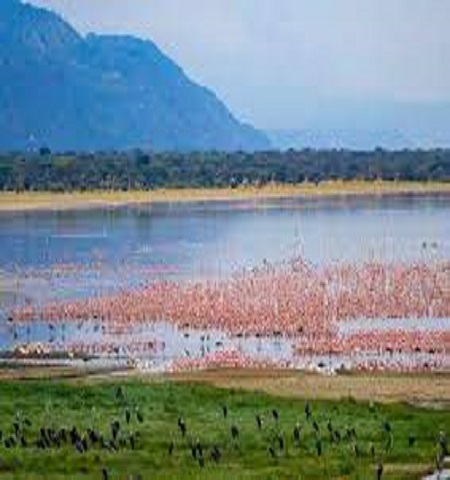
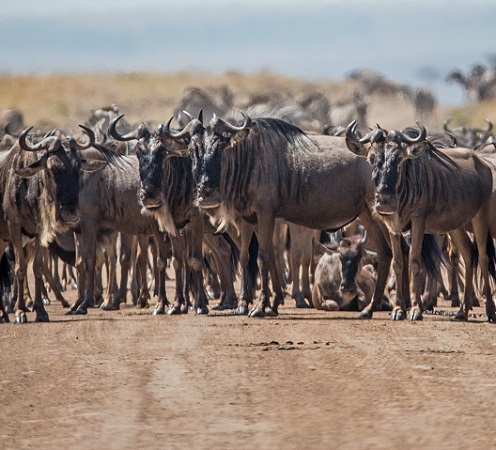
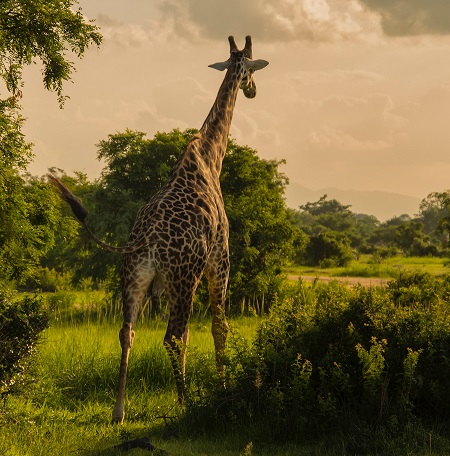
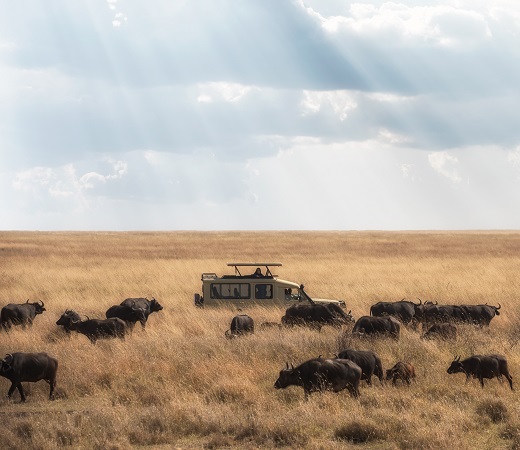
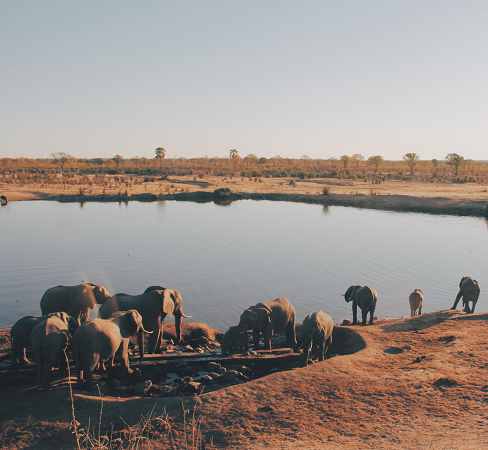
Famous for its tree climbing lions Lake Manyara is 330 sq km (127 sq miles), of which up to 200 sq km (77 sq miles) is lake when water levels are high located in northern Tanzania. The entrance gate lies 1.5 hours (126km/80 mi) west of Arusha along a newly surfaced road, close to the ethnically diverse market town of Mto wa Mbu.
For several months of the year, Lake Manyara is home to thousands of flamingos drawn by the microscopic algae that they feed on. The flamingos' specialized diet means they are confined to the alkaline lakes of the Rift Valley, and Lake Manyara is arguably the best place in Tanzania to see these huge flocks of brightly coloured birds. Our professional driver guide will take you to experience this spartacular view of the birds.
There are a number of fascinating tourist attractions that can be explored within Manyara National Park. Located in the northern part of Tanzania, this National Park is 126 kilometers west of Arusha Town. The park is sized 330 square kilometers of which 220 sq kilometers form the lake when the water levels are high in the rainy season. Alternating to the nearest Park of Tarangire National Park through the kwakuchinja corridor the parks share world animals. They can be seen easily nearby the roads towards Lake Manyara and Serengeti National parks.
Please click +255 764 415 889 on WhatsApp or africanaturaltours2008@gmail.com to contact us for more details and booking.
As you wind your way down a bumpy, dusty roads through the desert land surrounding within National park of Lake Manyara, it might seem unlikely that something as beautiful and relaxing as Maji Moto could exist out here. Yet when the oasis comes into view, it's all worth the long drive. Part of your game drive in Tarangire will include this.
An isolated lake subject to intense evaporation during the dry season, Lake Manyara is a slightly salty lake that is home to hippopotamus, flamingoes, and a large variety of aquatic life. Despite its salt content, it is safe for animals to drink and is a popular watering hole for the park's animal population. During the wet season, Lake Manyara swells to a sizable body of water perfect for guided canoe safaris. During the dry season it can shrink to such a small size that it is almost possible to walk across it.
Hot springs in National park of Manyara sometimes called maji moto (Swahili for hot water) is a natural spring attraction in Lake Manyara surrounded by palm and fig trees, an isolated paradise of crystal clear waters, sun-dappled shady picnic spots, and unmatched beauty. Not so much a hot springs as it is a warm springs, Maji Moto is a perfect place for a swim and a picnic lunch.
The game in Lake Manyara includes plenty of elephants, wildebeests along with so many giraffes, and buffaloes. In addition, the park is also very famous for its large number of zebras, impalas, warthogs and waterbucks. On the slopes of the escarpment, you may need to search a little hard for the tinny and renowned shy kirk’s dik dik and klipspringer.
Lake Manyara National Park is good all year, but at its best from late June to October, during the Dry season. However, this very scenic park is at its most beautiful during the Wet season, from November to May, when the vegetation is lush and waterfalls cascade down the escarpment.
The shallow lake Manyara is an alkaline lake found in this park that swells up and reduces in size basing on the seasons found within a long silvery bowl of salt deposits. It covers an area of 220 sq km which is two thirds of the park’s total surface area. The lake hosts a large number of pink flamingos in addition to other wildlife like hippos that dwell in the shallow part of the river.